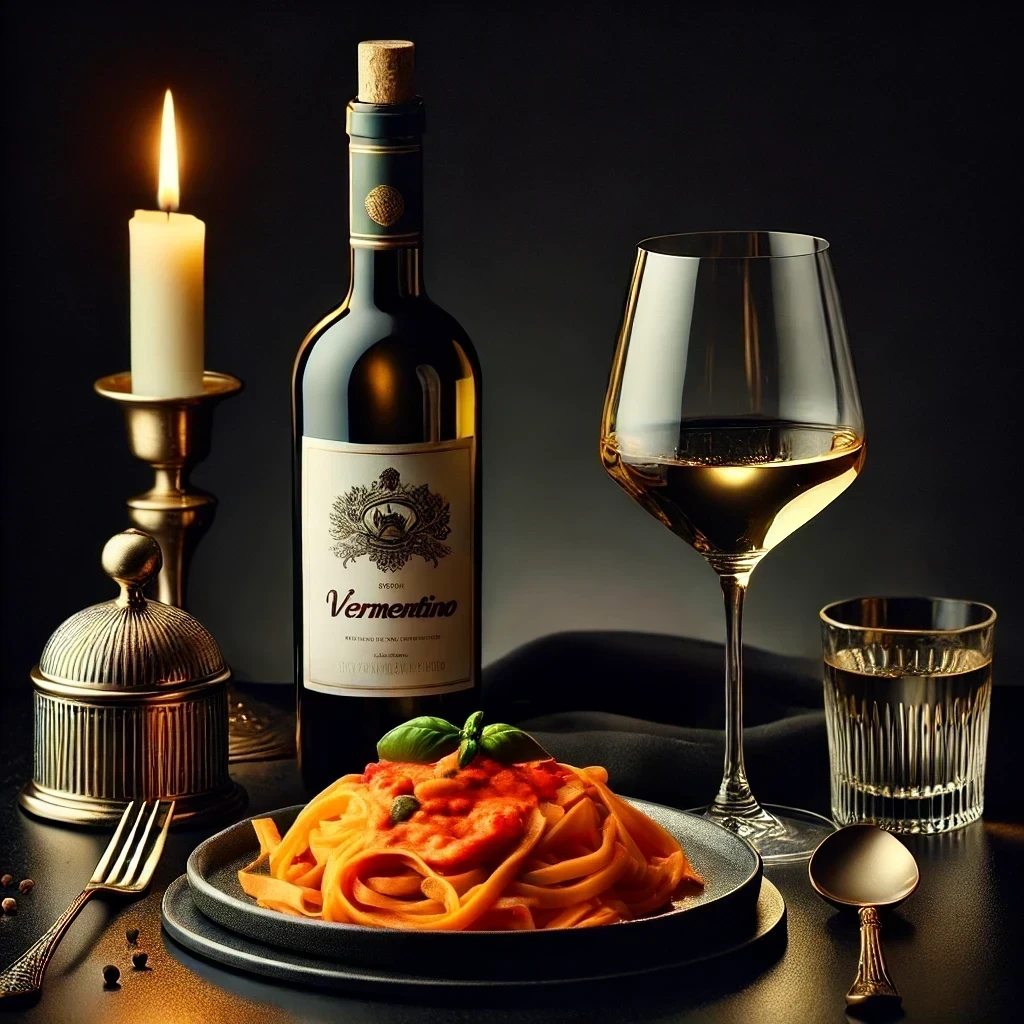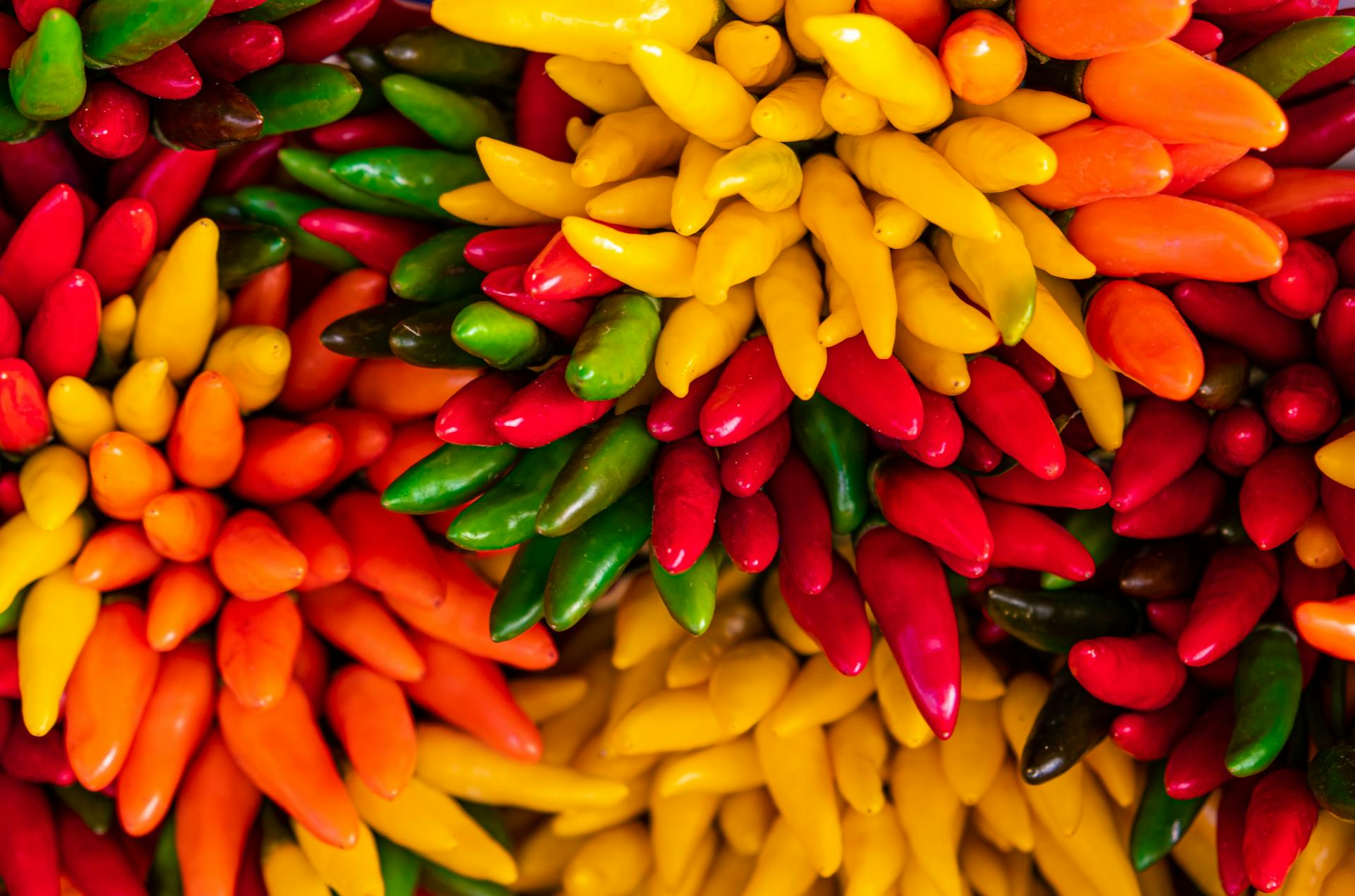
How to Grow Bell Peppers: A Complete Guide for Beginners
Bell peppers, also known as sweet peppers, are a versatile and nutritious addition to any garden. With their vibrant colors and crisp texture, these vegetables are perfect for salads, stir-fries, and grilling. Whether you’re a…



